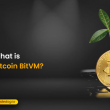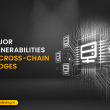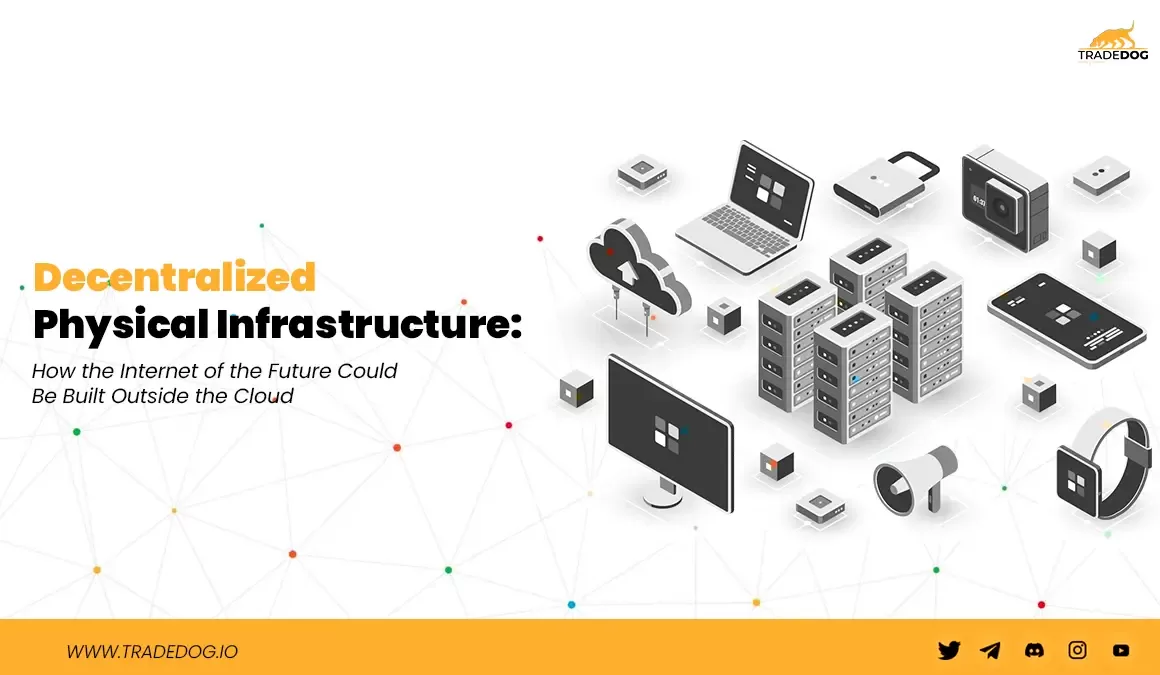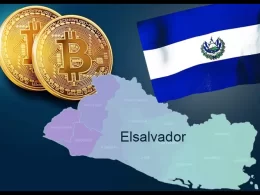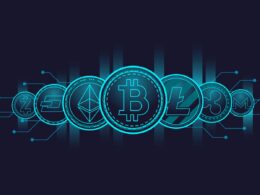Quick Links
When we invest in stocks or crypto, we do not buy it to stay idle, we buy it with the hope that it will become big one day. This is where the Decentralized Physical Infrastructure Network (DePIN) comes in. With DePIN, you buy tokens because it attaches their value to something tangible – like power, telecom services, web access, or more. Thus, its utility and governance are tied to real-world processes and needs.
Telecommunication companies or energy corporation requires a lot of time and money to build and maintain their infrastructure. Web3 companies try to outsource this build-up and maintenance process to a token-incentivized army of volunteers and monetize later once the coverage rate is high enough. Thus, DePIN helps infrastructure projects to coordinate and incentivize their bootstrapping phase using tokenization.
How does DePIN works?
DePIN, like any other network, is comprised of two main components: the physical infrastructure (duh) and the digital backbone upon which it operates. The former can range from solar panels to a Raspberry Pi mini-computer connected to the network, while the latter is a collection of smart contracts handling various aspects of the project. These smart contracts operate on a blockchain network, preferably one that is public and permissionless.
The blockchain serves as the network’s ledger, documenting transactions and other value exchanges between network users, such as acquiring broadband access from someone who rents out their router. The network rewards its users with tokens for performing specific useful tasks, such as selling energy from their solar panels or renting out their routers.
DePIN tokens serve as an incentive mechanism for the supply side — solar panel owners, connectivity providers, sensor array owners, and so on — to improve the network’s capabilities to the point where it can compete with the market’s dominating names.
In turn, rising demand encourages additional players to enter the supply side, resulting in a self-reinforcing long-term growth circle. DePINs typically include a fiat-pegged utility token that can be obtained by burning their publicly-traded token to safeguard end users from market swings.
Features of DePIN
Crowdsourcing the physical infrastructure
Crowdsourcing physical infrastructure can help in hyper-scaling faster than traditional projects at a fraction of the cost, by being distributed among the network participants and offset by future growth and revenues. By crowdsourcing hardware and its maintenance, DePINs can operate at a fraction of the capital and operating expenditures of traditional companies.
Collective ownership
It runs on collective ownership, implying the common interest of stakeholders making up the network which facilitates faster adoption and growth. Thus, no dependence on one centralized corporation interested primarily in quarterly reports.
Democratic System
Depin is an open, democratic and more accessible network which is better than traditional infrastructure projects controlled by a centralized entity dictating terms and conditions on what they can do and who can join in.
Censorship Resistant
In addition to being permissionless and open, DePINs are censorship-resistant, as there is no centralised gatekeeper capable of limiting access to a single party based solely on their whim.
Advantages of Decentralized Physical Infrastructure (DePIN)
- Infrastructure can be built 10-100x faster.
- It is more in tune with the needs of hyper-local markets.
- It can be significantly less expensive.
- It may be scaled between jurisdictions without requiring permission.
- The network appears to be impartial and is collectively owned.
- Blockchains enable frictionless micropayments and DeFi integration.
Challenges of Decentralized Physical Infrastructure (DePIN)
DePIN faces several challenges, which explains why this sector hasn’t taken off yet.
- Incentive Model: The incentive models are highly dilutive and often sound better than it is in reality.
- Time Horizon: The time horizon to construct applications and demand is substantially longer than for basic consumer apps.
- Competition: The market is large, but companies must compete with web2 behemoths such as Amazon, Microsoft, and Google.
Top companies in Decentralized Physical Infrastructure (DePIN) based on Sectors
Server Networks
- Filecoin: Filecoin is a peer-to-peer storage network that creates a decentralised storage market. Users pay to store their files, and providers receive Filecoin (FIL) in exchange for storing them. Nodes propose and pay for storage and retrieval deals. Filecoin aims to create an open market for data storage by competing on price and decentralisation with incumbent providers.
Wireless Networks
- Helium : Helium (HNT) is a wireless infrastructure network. Users can purchase Helium hotspots and receive the native HNT coin in exchange for providing wireless coverage. Helium intends to provide coverage for wireless Internet of Things connections as well as 5G. It has now grown to over 900,000 hotspots.
Sensor Networks
- Hivemapper: The Hivemapper Network is a decentralised version of Google Maps in which participants map street data using dashcams that they must obtain. For driving or walking around with a dashcam and contributing to the Hivemapper mapping process, they are rewarded with the native HONEY token.
Final Thoughts
The idea of the Decentralized Physical Infrastructure (DePIN) sector is quite interesting and can make the whole system work with minimum capital requirement and minimum cost but, to achieve the desired result it must have to deal with the challenges it is facing and provide a better solution to it. As it is competing with big players like Amazon, Google, and Microsoft it has to become flawless and figure out ways to stand out in the crowd.


